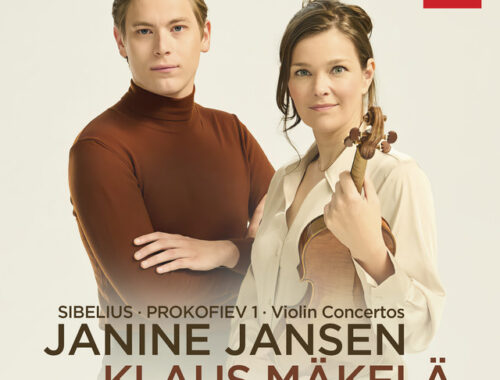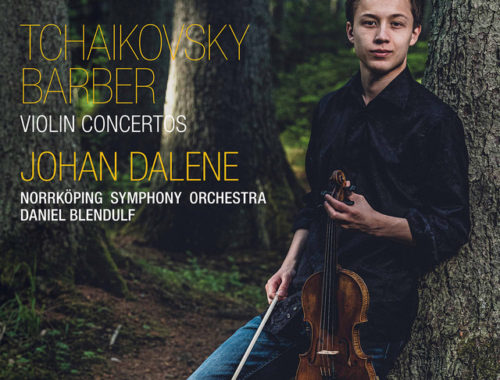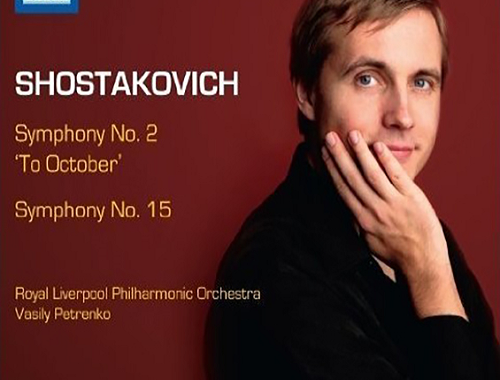London Symphony Orchestra, Kavakos, Gergiev, Barbican Hall
One bar into this timely celebration of his work and the composer’s identity could not be in doubt. The voice is unmistakable, of course, but so too a sense of the era in which he lived and worked. And even the idea of programming this opening concert in reverse chronology said something about how Igor Stravinsky’s music mirrored the changing fashions of his life and times.
By 1944/48 Mass unwittingly invoked something of Southern California in the clean and largely emotionless setting of its texts. Even Stravinsky’s own Russian Orthodox plainchant assumes a geometric angularity. Single note wind entries establish a reedy, sharp-edged, chord at the start of this piece and the chorus answers with hieratical directness. There’s an archaic simplicity to the writing but it’s refracted through 20th century sensibilities. And yet Stravinsky’s innate sense of theatre cannot be suppressed in the “Sanctus” where darkening harmonies and a steely edge were in this performance duly seized upon by Valery Gergiev and his London Symphony forces with the clamour of “Hosanna in the highest” suddenly carrying an altogether more emotive force.
Neo Classical, neo Baroque, neo pretty much everything, the Violin Concerto was in every sense “celebrated” by the remarkably brilliant but unassuming Leonidas Kavakos. How he relished the motoric energy of the outer movements, not least the sinister devil-may-care allusions to “The Soldier’s Tale” in the finale despatched here with terrific bouncing bow aplomb. There was marvelous work from the first bassoon Rachel Gough, duetting with Kavakos in a kind of Baroque burlesque. Soulful double-stopping turned the second “Aria” into an eloquent postscript to Mass.
With characteristic urgency (or impatience) Gergiev didn’t wait for the audience to settle before taking those first stealthy steps into Kashchei the Immortal’s enchanted garden at the start of Stravinsky’s first balletic extravaganza The Firebird. But he was just the man to maximise those iridescent textures, his hands fluttering in sympathy as if he himself were an embodiment of the magic bird. The response of his orchestra was luscious on every level with wonderfully remote horn solos unlocking each shimmering set piece. The moment where the entire orchestra is transformed into a mighty vibrating carillon was duly “expensive” and that heartstopping descent into “complete darkness” seemed to shroud the entire auditorium with string tremolandi you could feel but barely hear.
You May Also Like

GRAMOPHONE Review: Prokofiev Violin Concerto No 1/Sibelius Violin Concerto – Jansen, Oslo Philharmonic Orchestra/Mäkelä
09/08/2024
GRAMOPHONE Review: Barber / Tchaikovsky Violin Concertos – Johan Dalene, Norrköping Symphony Orchestra/Blendulf
26/02/2020